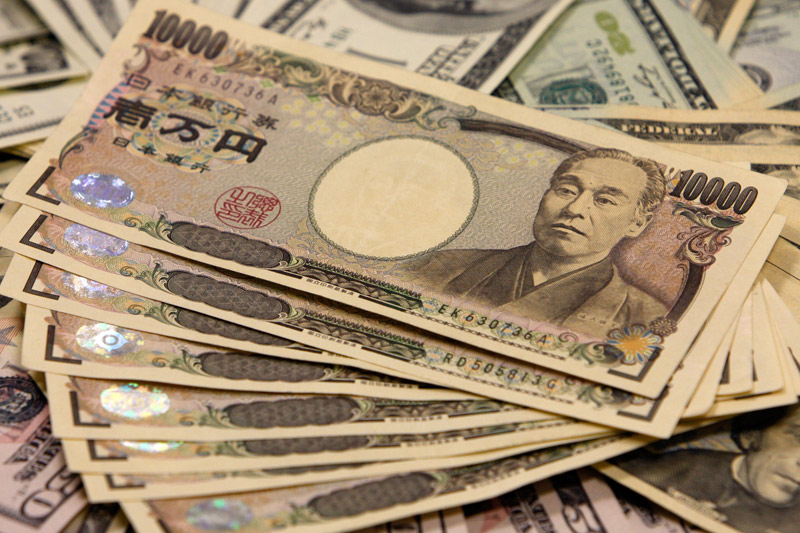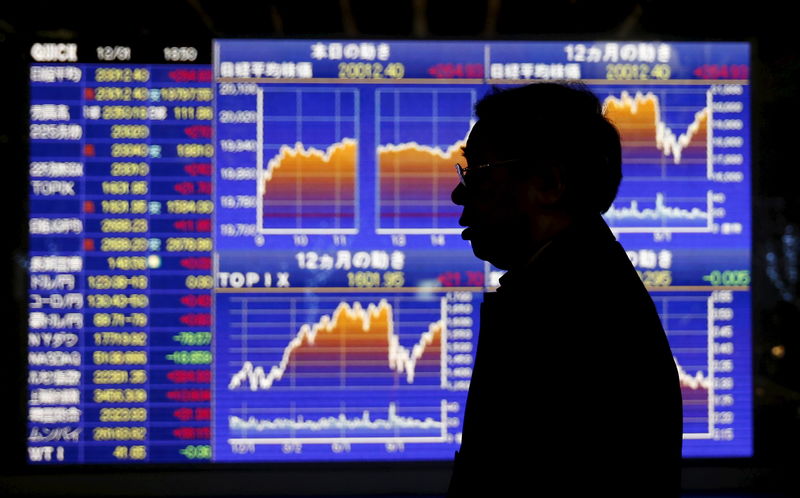CapitalStreetFX
Active member
- Messages
- 138
- Likes
- 0
Japanese Yen, Aussie Dollar Slide Down Ahead of Key Data

Japanese yen was slightly weaker ahead of a slew of key data on Friday. USD/JPY changed hands at 122.60, up 0.03%, while AUD/USD traded at 0.7220, down 0.08%. In Japan, the big data day includes household spending for October, seen up 0.1% year-on-year and 1.1% month-on-month. Closely watched national core consumer prices are seen down 0.1% year-on-year for October and the unemployment rate is seen steady at 3.4%.
The U.S. dollar index, which measures the greenback’s strength against a trade-weighted basket of six major currencies, was up 0.04% at 99,87. Overnight, the U.S. dollar edged higher against its Canadian counterpart on Thursday, hovering close to a two-month peak as expectations for a December rate hike by the Federal Reserve continued to support the greenback. The greenback remained broadly supported after a string of upbeat U.S. data on Wednesday added to expectations that the Federal Reserve will raise interest rates next month.
The U.S. Commerce Department reported on Wednesday that new home sales rose by 10.7% to 495,000 units last month, compared to expectations for a gain of 6.0% to 500,000. The report came shortly after the U.S. Department of Labor said the number of individuals filing for initial jobless benefits in the week ending November 21 declined by 12,000 to 260,000 from the previous week’s revised total of 272,000. Data also showed that U.S. durable goods orders jumped by 3.0% last month, easily surpassing forecasts for 1.5%, while core durable goods orders, which exclude volatile transportation items, rose 0.5% in October, compared to expectations for an increase of 0.3%.

Japanese yen was slightly weaker ahead of a slew of key data on Friday. USD/JPY changed hands at 122.60, up 0.03%, while AUD/USD traded at 0.7220, down 0.08%. In Japan, the big data day includes household spending for October, seen up 0.1% year-on-year and 1.1% month-on-month. Closely watched national core consumer prices are seen down 0.1% year-on-year for October and the unemployment rate is seen steady at 3.4%.
The U.S. dollar index, which measures the greenback’s strength against a trade-weighted basket of six major currencies, was up 0.04% at 99,87. Overnight, the U.S. dollar edged higher against its Canadian counterpart on Thursday, hovering close to a two-month peak as expectations for a December rate hike by the Federal Reserve continued to support the greenback. The greenback remained broadly supported after a string of upbeat U.S. data on Wednesday added to expectations that the Federal Reserve will raise interest rates next month.
The U.S. Commerce Department reported on Wednesday that new home sales rose by 10.7% to 495,000 units last month, compared to expectations for a gain of 6.0% to 500,000. The report came shortly after the U.S. Department of Labor said the number of individuals filing for initial jobless benefits in the week ending November 21 declined by 12,000 to 260,000 from the previous week’s revised total of 272,000. Data also showed that U.S. durable goods orders jumped by 3.0% last month, easily surpassing forecasts for 1.5%, while core durable goods orders, which exclude volatile transportation items, rose 0.5% in October, compared to expectations for an increase of 0.3%.













